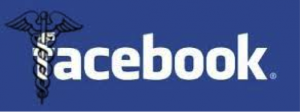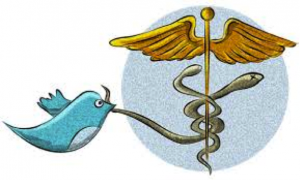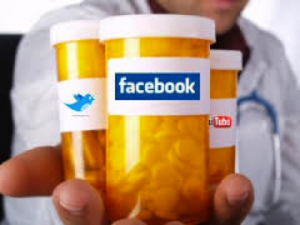My last blog entry posed a question that has yet to be explored: should patients be obligated to share themselves with their doctors via social media? That is, might physicians be able to use social media to learn more about their patients?
To answer this question, I present a scenario:
Susie, a twenty-three year old female, enters the ER with severe iron-deficiency anemia and a shockingly low hemoglobin count. She needs to be transfused right away, but Susie quickly and firmly refuses the transfusion because the idea of having someone else’s blood “freaks her out.” She stays in the hospital for three days when Dr. Smith notices a fresh wound on Susie’s left thigh that is becoming infected. Susie swears that it showed up on its own, but the wound looks like the result of self-mutilation.
Dr. Smith becomes increasingly worried that Susie’s low hemoglobin count is due to self-phlebotomy and that, because of her dramatic refusal of transfusion and her unclear and changing symptoms, she may have Münchausen syndrome.
Dr. Smith decides that, because Susie is being uncooperative and irrational, she will look at Susie’s Facebook page to retrieve honest information. After work, Dr. Smith scrolls through Susie’s pictures and sees photo after photo of blood bags, IVs, and hospitals, as well as statuses bragging about how many times she’s visited the ER that year.
In an attempt to uncover more information, Dr. Smith reads through Susie’s Twitter feed. Almost every tweet mentions a new diagnosis or medical problem.
Is it ethical for Dr. Smith to look at Susie’s Facebook page and Twitter feed to search for information that would confirm her hypothesis? What if the discovered information would alter the course of Susie’s treatment? Would the information retrieved from the social media sites go into Susie’s EMR? Would Susie ever find out?
Social media is taking medicine to new heights, but it’s leaving us with many unanswered questions as well. Platforms like Facebook and Twitter are opening new avenues of communication between patients and physicians, but in doing so, may cause breaches of patient autonomy and confidentiality.
The positive repercussions of using social media in medicine are many, but be warned: we must proceed with caution.








